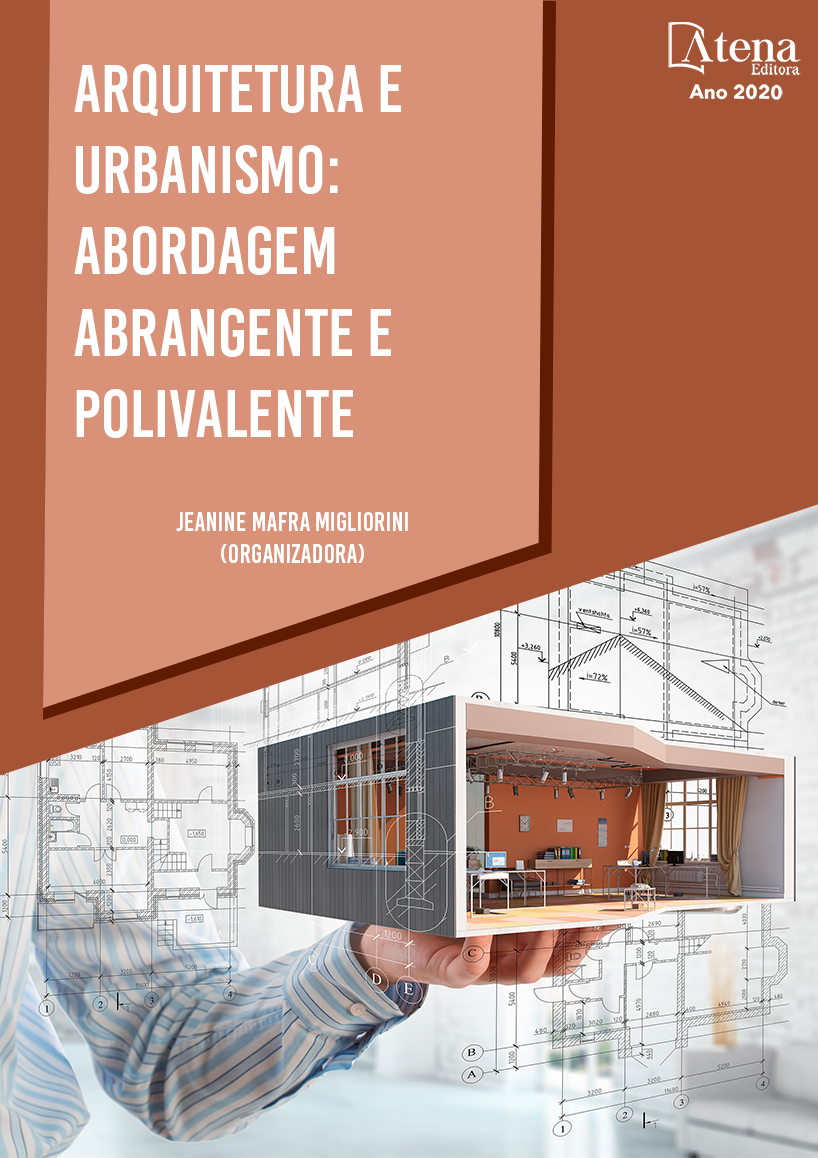
CERTIFICADO DE EFICIENCIA ENERGÉTICA INTEGRAL DE EDIFICIOS EN ETAPA POST-OCUPACIÓN. EL USUARIO-HABITANTE COMO DIMENSIÓN DE ANÁLISIS.
El modelo de generación, transporte y consumo energético de las últimas décadas, fuertemente dependiente de los recursos no renovables de origen fósil, lleva asociadas emisiones de gases de efecto invernadero que impactan nocivamente en el medioambiente. En consecuencia, la Eficiencia Energética (EE) representa una prioridad estratégica global puesto que garantiza la obtención de los mismos bienes/servicios con el uso de menos recursos energéticos, preservando el bienestar de los usuarios-habitantes (U-H). A nivel edilicio, destaca la estrategia de instrumentación de certificados de EE por evaluar características físicas del entorno urbano, del edificio y/o de los artefactos de consumo empleados, entre otros. En esta línea, la discusión internacional coincide en que el U-H incide en la EE resultante, empero ninguna herramienta existente introduce como variable de análisis al nivel de influencia del mismo. En este marco, el presente trabajo tiene por objeto desarrollar un certificado de EE integral que incorpore el análisis del comportamiento activo y pasivo del U-H. Para ello, se emplea una metodología estadística que identifica el nivel de significación de cada una de las variables. Se concluye que el índice NEEintegral sintetiza los aportes de las dimensiones de estudio, realizando una contribución a la valoración de la EE edilicia.
CERTIFICADO DE EFICIENCIA ENERGÉTICA INTEGRAL DE EDIFICIOS EN ETAPA POST-OCUPACIÓN. EL USUARIO-HABITANTE COMO DIMENSIÓN DE ANÁLISIS.
-
DOI: 10.22533/at.ed.95420220714
-
Palavras-chave: Herramienta de valoración, Nivel de eficiencia del usuario-habitante, Índice Integral de Eficiencia Energética.
-
Keywords: Assessment tool, User-inhabitant efficiency level, Integral Energy Efficiency Index.
-
Abstract:
The model of energy generation, transport and consumption in recent decades, which is heavily dependent on non-renewable resources of fossil origin, has associated greenhouse gas emissions that have a harmful impact on the environment. Consequently, Energy Efficiency (EE) represents a global strategic priority since it guarantees the obtaining of the same property/services with the use of less energy resources, preserving the well-being of the users-inhabitants (U-I). At a building level, the strategy of implementing EE certificates stands out for evaluating the physical characteristics of the urban environment, the building and/or the consumer appliances used, among others. In this line, the international discussion coincides in that the U-I affects the resulting EE, however no existing tool introduces as a variable of analysis the level level of U-I influence. In this context, the present work aims at developing an integral EE certificate that incorporates the analysis of the active and passive behavior of U-I. For this purpose, a statistical methodology is used to identify the level of significance of each of the variables. It is concluded that the NEEintegral index synthesizes the contributions of the study dimensions, making a contribution to the assessment of the building EE.
-
Número de páginas: 15
- Alción de las Pléyades Alonso Frank


